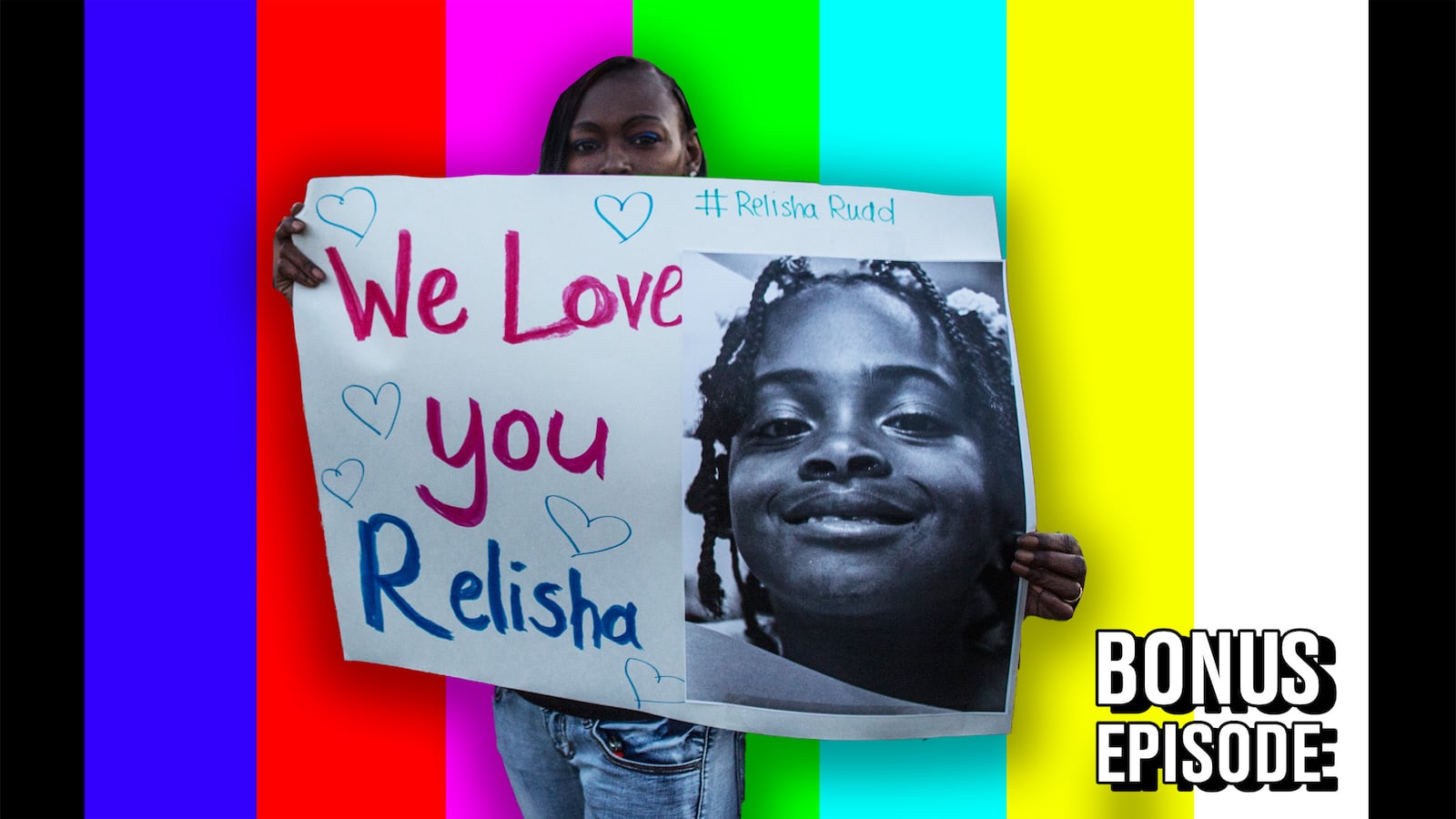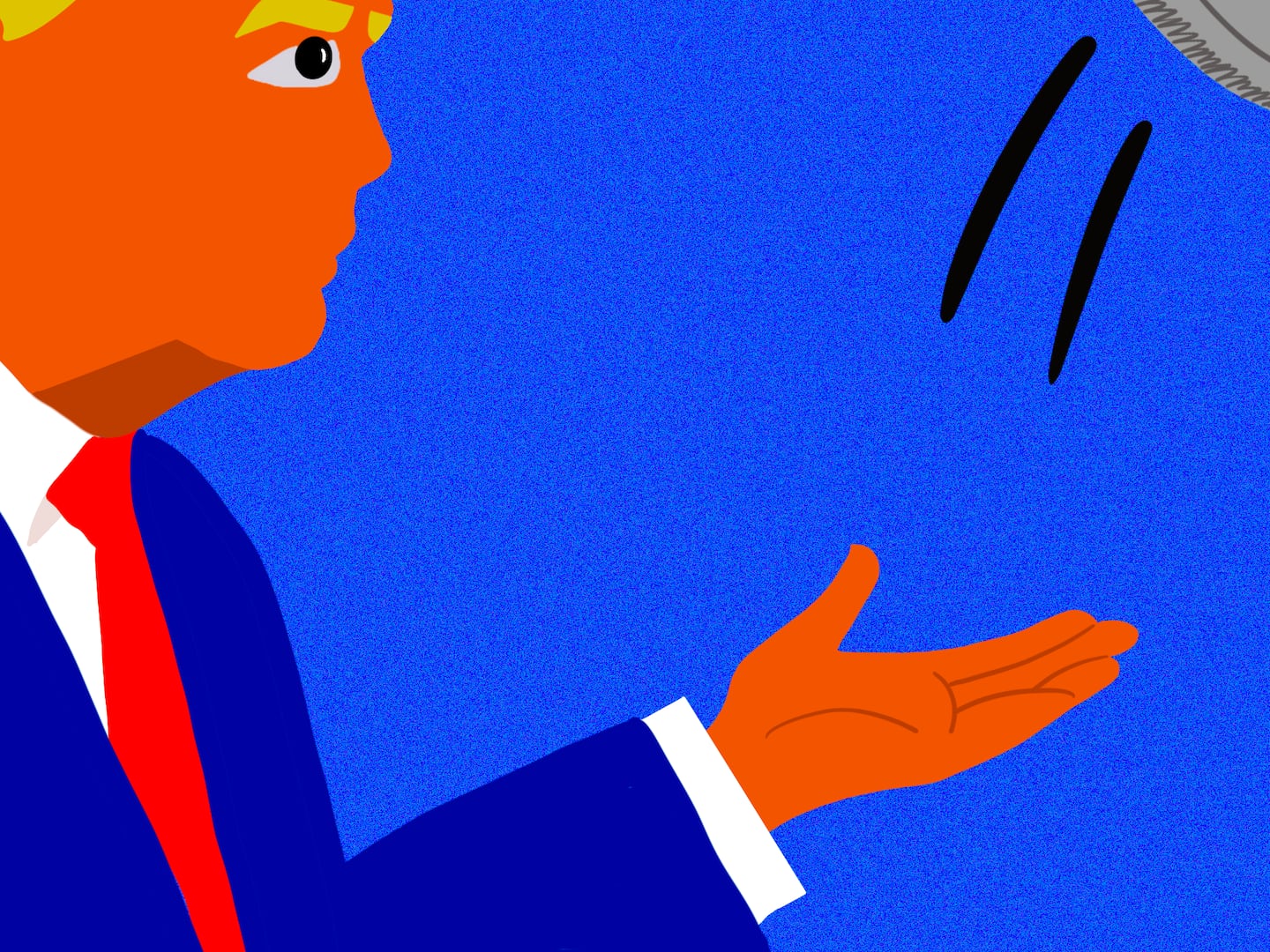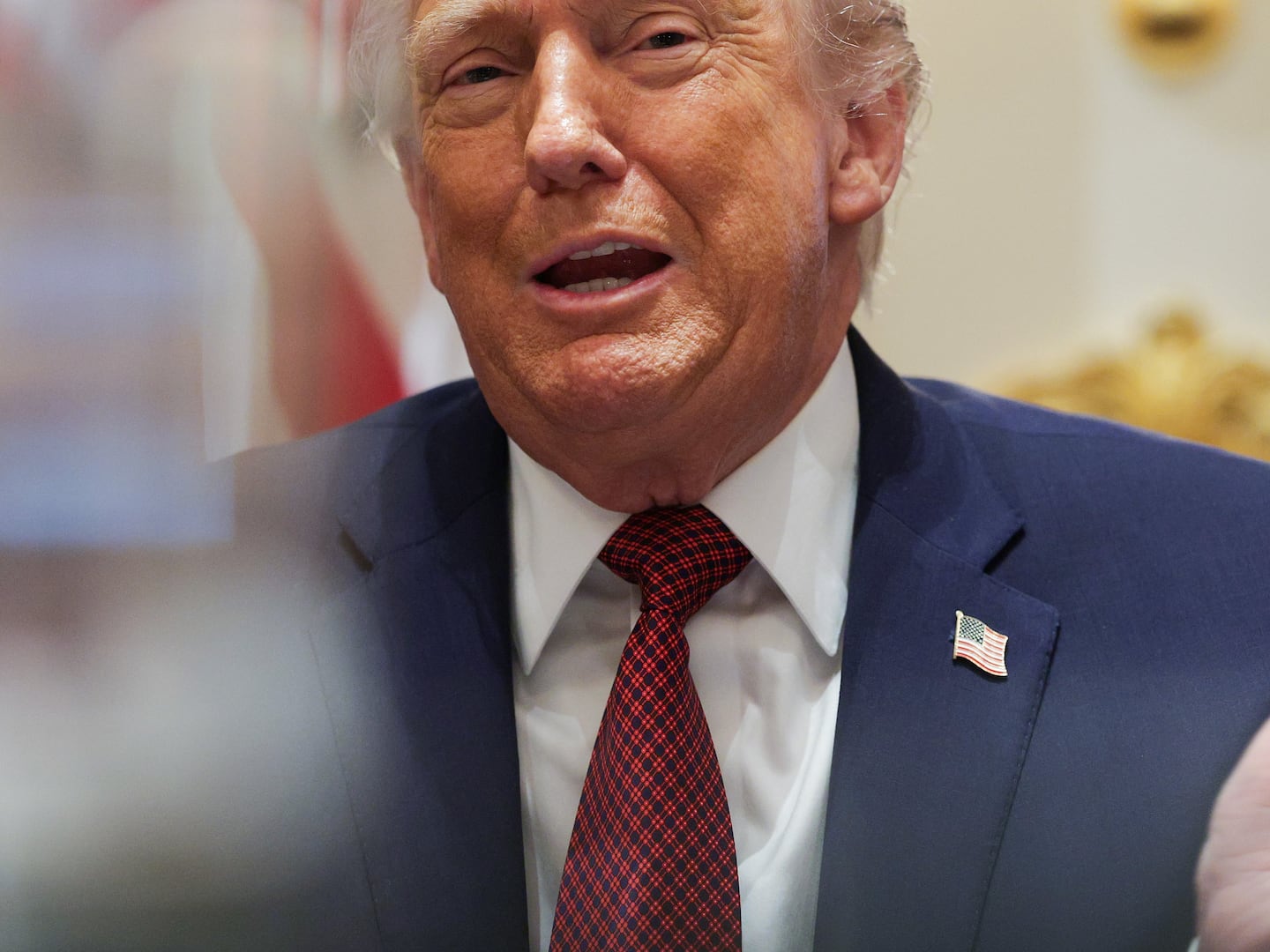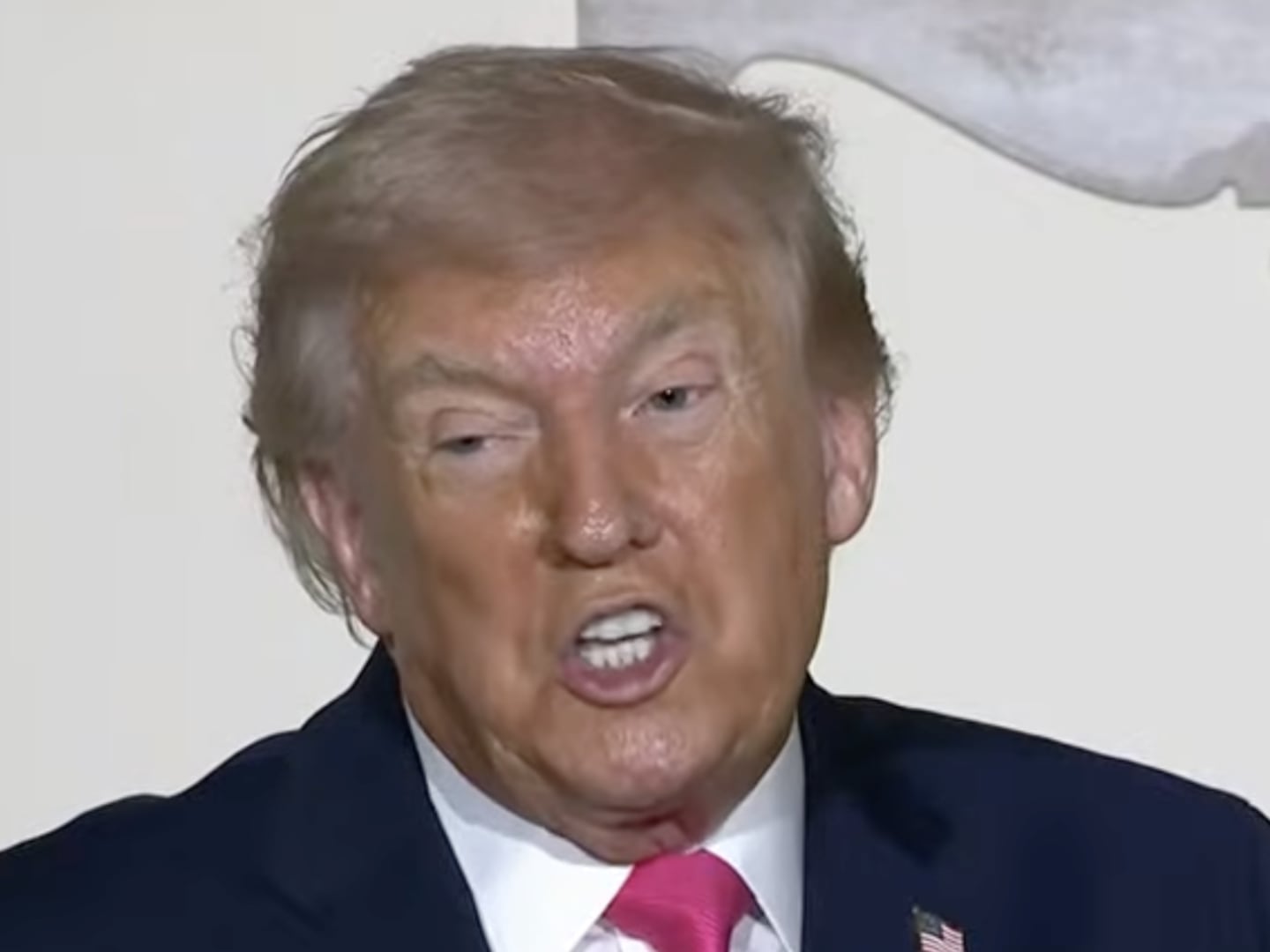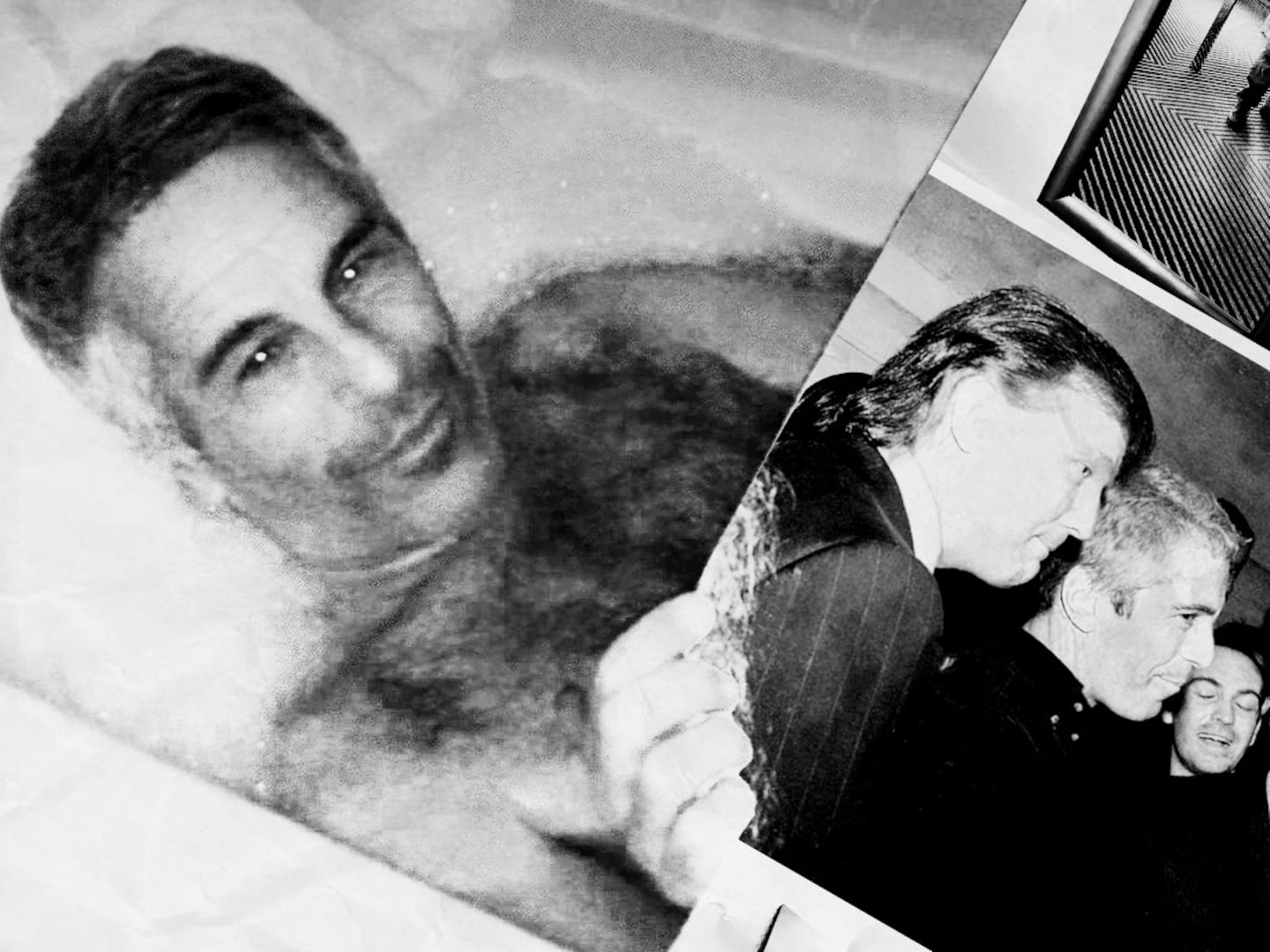Can you name five missing Black women?
Filmmaker and Emmy Award-winning director Geeta Gambhir’s latest documentary, HBO’s Black and Missing, tackles this question, and is unfortunately very timely, in large part because of the Gabby Petito case. And Gambhir came on The New Abnormal to break down why.
Everyone followed the murder case of Petito, and her missing/suspect fiancé, in real-time. As enthralling, eye-opening, and devastating as the case was, it was a classic instance of Missing White Woman Syndrome, which also extends to missing white girls and teens. Who it does not extend to are missing people and children of color, especially those in poor Black communities.
There’s one case that Gambhir tells host Molly Jong-Fast about that stands out as a prime example: that of 8-year-old Relisha Rudd.
Did you know you can listen to The New Abnormal bonus episodes in your member dashboard or a podcast app? Click here to get set up and sign up for new episode email alerts here.
According to Gambhir, the little girl lived in a D.C. homeless shelter when she went missing.
“What I found the most alarming about that story was really not the idea that she went missing,” says Gambhir, “it’s the fact that she actually was missing for an extended period of time before anyone took notice. She had been out of school for approximately a month before anyone really flagged it.”
Why does this happen? When it comes down to it: systemic racism, she says, and that does include cops.
“[BIPOC kids] are often criminalized, they’re seen as a bad kid or a problem kid, not as a victim and that alone, the fact that the police disproportionately label Black and brown kids as runaways, means that they don’t receive the attention needed by the media, even by the community,” Gambhir explains.
Her documentary covers all of this and then some, but Molly wants to know, how can we fix this? First, says Gambhir, we need to put our own biases aside to be aware of why this is happening in the first place, since “the devil is in the details.”
Listen to The New Abnormal on Apple Podcasts, Spotify, Amazon and Stitcher.

